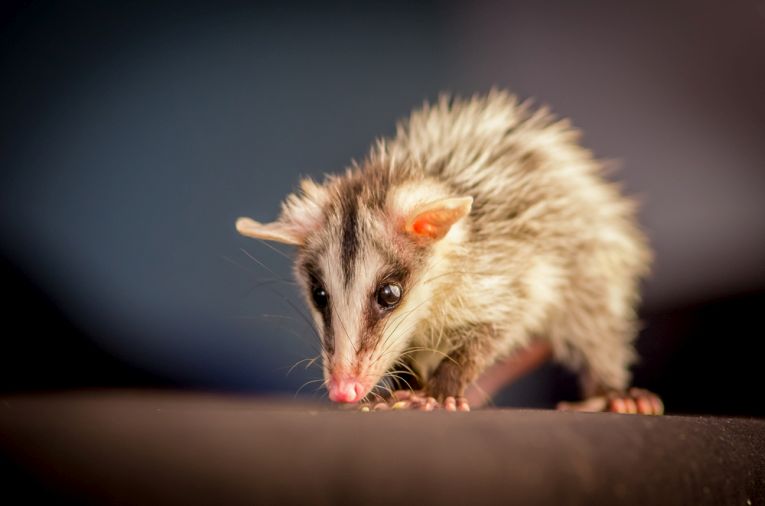The mammals are often regarded as the most successful group on the Earth and the 2nd most diverse mammalian group is the metatheria - those that don't have the placenta (like our group. the sister group of the eutheria.) A good reason to be interested in their history and their extant members is their place as joint members of the therian group with ourselves. That relationship is examined in a book which brings recent research on these slightly neglected mammals into focus. We have some placental evolution here , as they radiated more recently, for a good comparison.
Thomas E. Williamson, Stephen L. Brusatte, Gregory P. Wilson of the Universities of Edinburgh, Washington (state) and the New Mexico Museum of Natural History and Science, bring their knowledge to bear in The origin and early evolution of metatherian mammals: the Cretaceous record. As the previously dominant form of mammals through the distant Cretaceous and into the Palaeogene, this history
has a lot to tell us.
From the first fossil in an Early Cretaceous Asian rock, the metatherians appear as abundant, diverse and obviously adaptable species. Marsupials, particularly in Australia, only give us a slight idea of their forms and functions in an ecosystem. In those days, Laurasia formed a northern supercontinent on which these mammals could flourish, until the great Mesozoic ended with the Palaeogene forming the first period of the Cenozoic, precisely 66 million years ago. The ending (known as the K-Pg boundary) is well known to be the end of the dinosaur era and, unfortunately, the dominance of the metatherians. Their relatives, the placental eutheria seem to have fared better after this extinction, presumed to have been caused by an asteroid collision.
The book is not trying to explain any geological event. It simply gives us insights into what these animals were, how they survived, or not, and why we have a current world of eutherian diversity. There are so many extinct mammals groups that the 3 extant lineages seem limiting. (The egg-laying monotremes are the third clade, unrelated to eutheria or metatheria directly). The mammal fossils of the Early Cretaceous give us limited examples of the beginnings of this story. However, there were many mammal species in the middle of the Jurassic period. These developed fundamental lines of mammals such as the monotremes, but during the Cretaceous, in Asia, we finally had some therians, about 180 million years ago. The Late Jurassic had one Chinese eutherian called Juramaia, helping us to date when the two current mammal sister-groups split.
Teeth naturally present themselves as an excellent way of sorting out any mammals. We have so many of them, and our molars are the key to the ID of many fossil relatives. Metatherian teeth luckily differ from our eutherian versions quite distinctly. Our ancestors have only 4 premolars for example. Stagodonts like Didelphodonare the largest toothy metatherians, found largely in North America. They were otter-sized creatures that crushed and ground their food, possibly molluscs. Living marsupials' ancestors have been traced to early Australian and South American species, who seem to have originated at least 46 million years ago. Now regarded as earliest is the living monito del monte, Dromiciops gliroides from Chile and surrounding nations. It is known as the little bush monkey!
The radiation of these metatherians during the Late Cretaceous leaves the authors bemused by the potential interrelationships. Many didn't survive the K-Pg boundary, leaving a few teeth and nothing else. It is enough to say that molecular clock evidence shows a marsupial/placental separation 160mya (in the Jurassic.) although modern marsupials don't appear till 64-84 mya, meaning they appeared during the Palaeocene or at the end of the Cretaceous. Migration across Antarctica is suggested for all the Australian marsupials, with their origins being in South America.
All of the metatheria have an added interest in the lack of evidence about their form and ecology. Perhaps they followed the placental trends in evolving creatures that lived in every available niche. The truth as far as we know is that placentals later dominated them and have taken their present niches as their own. More fossils will obviously present us with unique knowledge of just what lived in our recent past and where and how they survived.










